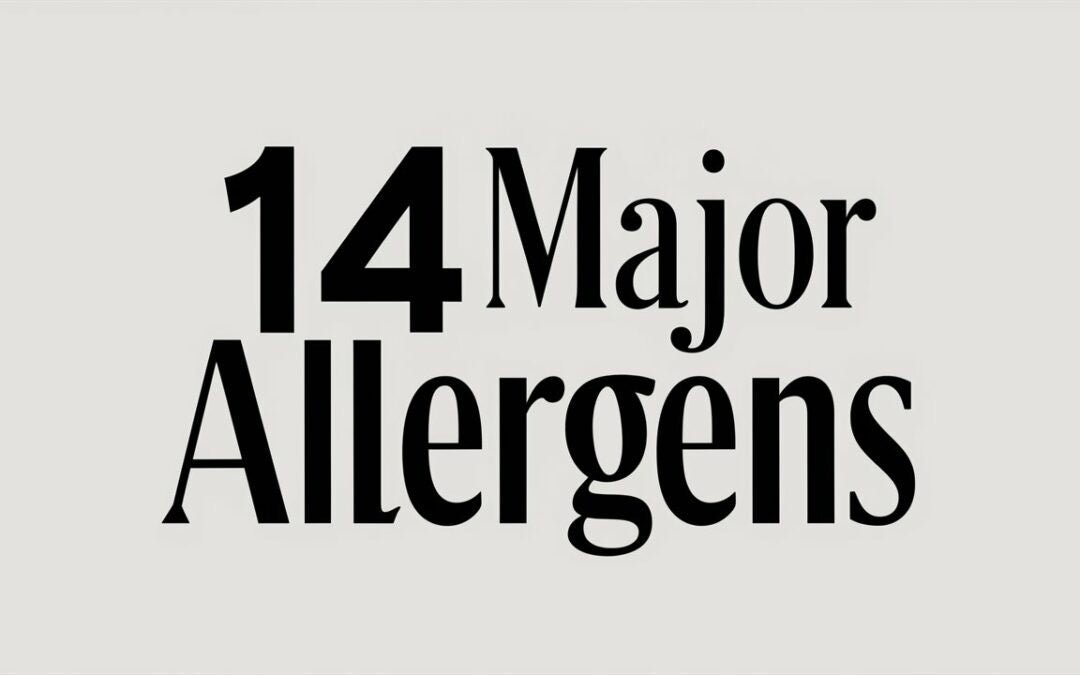Food intolerances can cast a shadow over our daily lives. Causing discomfort and sometimes mystery. If you’ve found your way here, our food intolerance symptoms chart is your guide. Many individuals grapple with the impact of food intolerance. Let’s navigate through the labyrinth of symptoms together, offering clarity and understanding.
Food Intolerances and their Symptoms
Understanding the connection between what you eat and how your body reacts is the first step to reclaiming your well-being. Food intolerances have a spectrum of symptoms. Ranging from small nuisances to more pronounced discomfort.
This food intolerance symptoms chart lists some of the common food intolerance symptoms and the foods that may trigger them:
| Symptom | Possible causes |
| Abdominal pain | Dairy foods, apples, beans, bread, foods high in fruit sugar (fructose), eggs |
| Acid reflux | Watermelon, cherries, pears, food containing fructose-based sweetener |
| Anxiety | Caffeine from tea, coffee and chocolate |
| Asthma | A natural plant chemical called salicylate, found in spicy food, coffee, oranges |
| Bloating and gas | Dairy foods, bread, pasta and cereals, a group of natural sugar called FODMAPs, found in apples, beans, lentils |
| Constipation | Foods high in grain protein (gluten), including bread and pasta |
| Diarrhoea | Dairy foods, a bacterial substance called amine, found in fermented foods (e.g. yoghurt, pickles), fructose-rich foods, eggs |
| Headaches | Gluten-rich foods |
| Insomnia | Caffeine |
| Itching | Dried fruit, smoked fish, dried cheese |
| Nasal congestion | Dried fruit, wine, pickled foods |
| Rashes and hives | Gluten-rich foods and some food colourings |
| Stomach cramps | Fermented foods, dried fruit |
| Wheezing | Pickled food, dried fruit |
As you can see, the symptoms can be broad. Sometimes overlapping between different food intolerances. Keeping a detailed food diary can help identify patterns and potential trigger foods.
What is the Difference Between a Food Intolerance and a Food Allergy?
Although the terms are sometimes used interchangeably, food allergies are distinct from food intolerance. Allergic reactions involve the immune system and trigger symptoms that can be serious, even life-threatening without prompt medical treatment. The term ‘food intolerance’, by contrast, refers to a range of milder, but still unpleasant symptoms associated with particular foods.
If you want to know more, you can read our guide to food intolerances vs food allergies here.
How to Test for a Food Intolerance
If you experience any of the symptoms listed on our food intolerance symptoms charge on a regular basis. It’s likely something you’re starting to worry about. Navigating the labyrinth of food intolerances is no easy task. Our team of food intolerance experts is here to help. Our at-home food intolerance test offers a straightforward way to explore your body’s reactions to hundreds of different foods. While providing actionable insights. Helping you take charge of your health.





